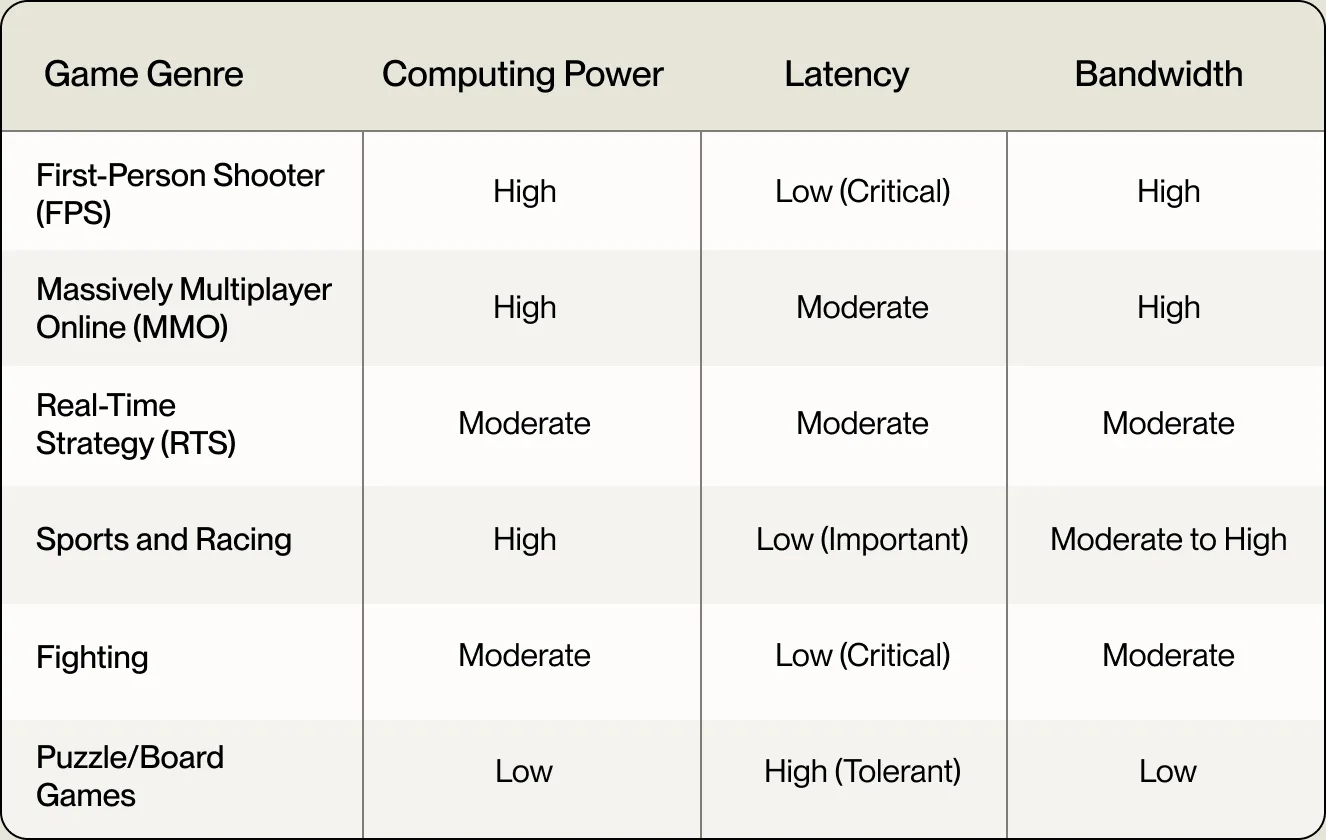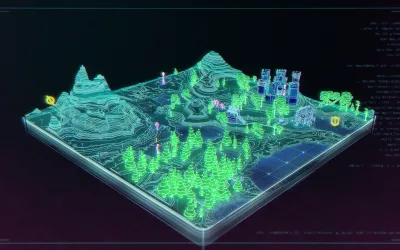Game development isn’t an easy job. Creating an online multiplayer game is even harder. But it’s also one of most exciting gigs in the entire world. Why? Because it can, at its best, be endlessly creative and fulfilling.
Table of contents
Game development is often more than a job for those who practice it. It’s a passion. A passion with the possible outcome of bringing joy and a sense of community to millions of others. Few other professions can brag about that kind of profound, multi-level impact.
We’ve chosen to call this mini-series of blog posts Multiplayer Development 101, aiming to introduce you, the reader, to the different challenges of online multiplayer development. You’re most likely a game developer or an aspiring one – or just curious about the field for any other reason.
While we’re looking to identify the current challenges, we also want to look ahead. Into how new and disruptive technologies can shift the focus from implementing and troubleshooting complex netcode and all its intricacies, to exploring new creative horizons.
In this first blog post, we’ll do a little intro to the challenges of multiplayer development, and dive deeper into as to why different kinds of games have different requirements. When you’re done reading – don’t fret! There’s more of the good stuff available right here for when you’re done:
An intro to the challenges of multiplayer
In the constantly evolving world of video games, creating engaging online multiplayer experiences presents a unique challenge. Unlike their single-player counterparts, these titles add the hurdle of managing real-time interactions among a diverse, global player base.
From server architecture and network latency to gameplay mechanics and user interface, every component must work in unison to deliver a seamless and immersive experience. Creating these digital playgrounds is a formidable blend of art, science, and unwavering dedication.
These games require not only a solid technical foundation, but also an acute understanding of various player dynamics and expectations. This extends beyond mere gameplay mechanics to encompass aspects like network stability, fairness, scalability, and security – each a critical pillar in ensuring a smooth and fair gaming experience for all participants.
A session-based game, such as a multiplayer racing experience, is going to have different networking requirements compared to something boasting a persistent online world, like an MMO.
Why different games have different requirements
With online multiplayer game development, we must consider technical elements such as computing power, network design, latency, bandwidth, and infrastructure. Each of these facets influence the approach and the intricacy involved in crafting an engaging multiplayer experience.
Performance
Computing power is fundamental in managing the intense processing demands of modern multiplayer games. This involves optimizing server performance for tasks like handling simultaneous connections, processing large-scale player interactions, and ensuring consistent game physics and mechanics across various instances. The computing requirements can vary dramatically based on the game’s complexity and player count, posing a significant challenge in resource allocation and optimization.
Latency is another critical aspect tied to computing power, which in turn affects game synchronization and state management. Developers are often challenged with minimizing the impact of latency, particularly in fast-paced game genres.
Bandwidth, intertwined with computing power, demands careful management. The high-quality, real-time data exchange needs to be balanced with the limitations of network capacity and processing abilities. This is especially crucial in games with complex gameplay mechanics or those supporting large numbers of players, where data throughput and computational demands escalate.
Before delving into infrastructure, consider how resource usage can vary significantly across different game genres. The following table provides a snapshot of typical resource demands for various genres, focusing on Computing power, Latency, and Bandwidth:

This table is a generalized representation and actual resource usage can vary based on specific game designs and technological implementations. In the case of Massively Multiplayer Online (MMO) games, the complexity is further amplified. The direction and scope of an MMO significantly influence its resource demands and development challenges.
Infrastructure
Infrastructure challenges in game development vary significantly across different game types, such as mobile, browser, session-based, and MMO games, each demanding a unique set of solutions. In mobile and browser games, the challenge is mainly about balancing performance with resource constraints. The focus is on creating a lightweight, responsive setup that can handle intermittent user interactions without overburdening mobile devices or consuming excessive data. This often involves optimizing server responses and efficiently managing database interactions, ensuring that games run smoothly on a wide range of devices with varying capabilities.
For session-based experiences like real-time strategy games and first-person shooters, the infrastructure needs to support continuous, high-speed data exchange. The main challenges here include maintaining server stability under heavy loads, ensuring low-latency communication for real-time gameplay, and scaling resources dynamically as the number of concurrent players changes. Meaning, a robust scalable server infrastructure with efficient data handling protocols becomes essential in delivering a seamless gaming experience.
The realm of MMOs magnifies the infrastructure challenges. These games require a stable and scalable infrastructure capable of supporting a large and persistent world with thousands of simultaneous players. Key challenges include managing large-scale server farms, ensuring data consistency and real-time synchronization across servers, and handling vast amounts of player data. The infrastructure must be designed for high availability and fault tolerance to keep the game up and running. Additionally, considerations for future scalability and updates are crucial, as MMOs often evolve over time with new content and increasing player bases.
In summary, each game type has their own infrastructure challenges. Mobile and browser games focus on efficiency and compatibility. Session-based games demand high-performance and real-time data handling. MMOs require a robust, scalable infrastructure to manage vast, persistent worlds – and so on. Understanding and addressing these challenges is key for successful game development in each category.
To read the next chapters in our Multiplayer Development 101 blog mini-series, click the links below:

